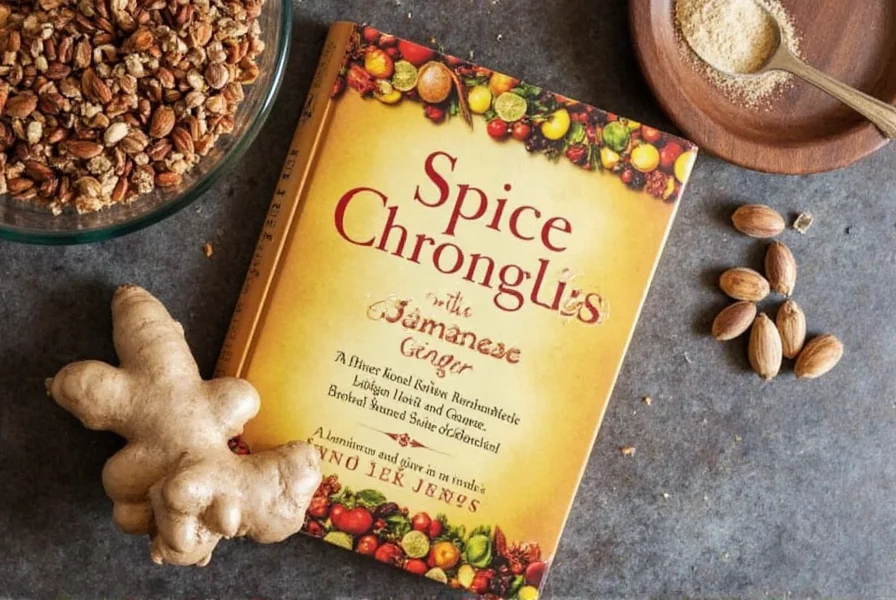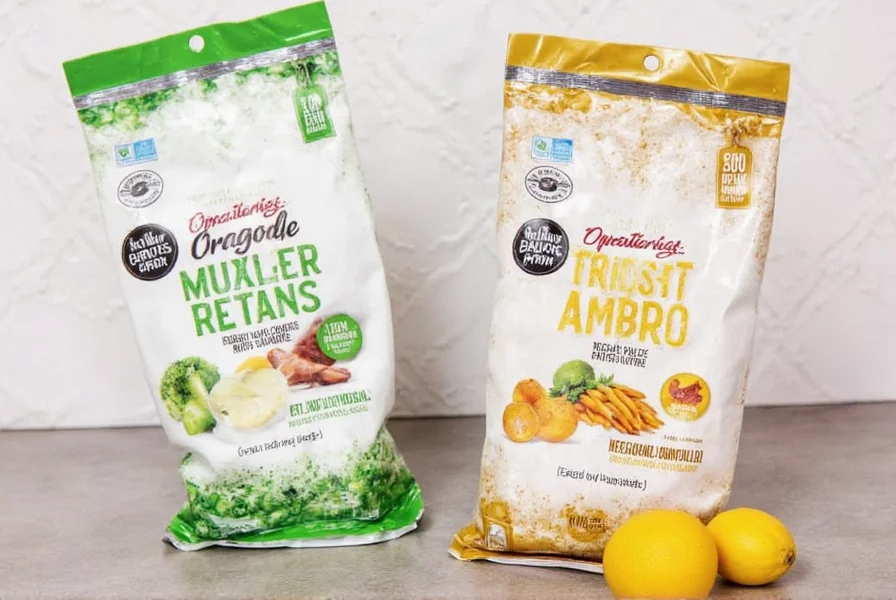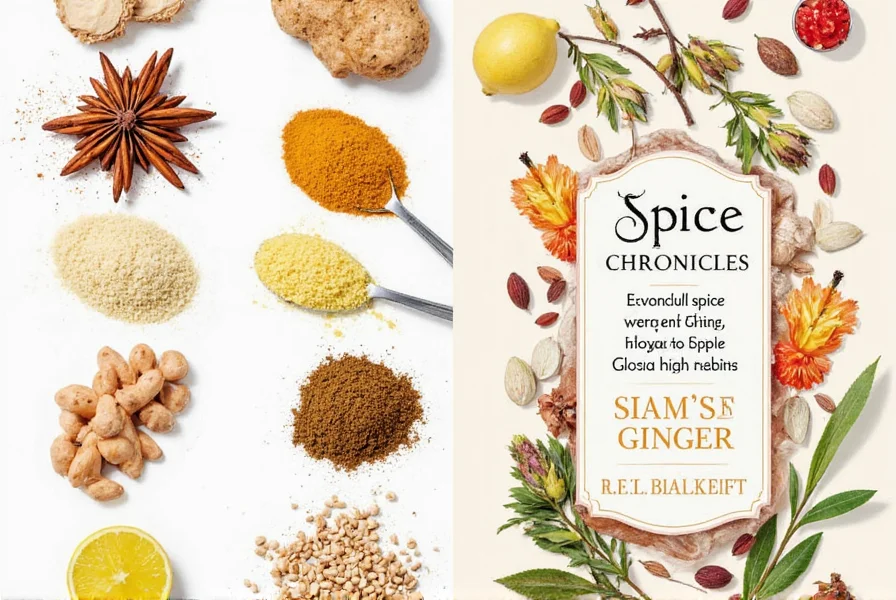Spice Chronicles: A Flavorful Dive into Siamese Ginger and Global Spice Traditions
Table of Contents
Introduction to Siamese Ginger
If you've ever taken a bite of something spicy and thought, 'What is that?', you might just be encountering siamese ginger. This unique root has been a staple in Southeast Asian cuisine for centuries, yet it's still a bit of a hidden gem outside of its native regions. With its mild heat and citrusy undertones, siamese ginger adds a refreshing twist to both traditional and modern dishes.
Siamese ginger is not the same as common ginger (Zingiber officinale). It's more closely related to turmeric and has a slightly different flavor profile—think of it as the cousin of ginger that prefers to hang out in tropical climates and spice up your curry.

Global Spice Traditions
Spices have shaped cultures, trade routes, and even wars throughout history. From the ancient Silk Road to the spice islands of Indonesia, spices like cinnamon, cardamom, and saffron have been prized for their flavor and medicinal properties. Siamese ginger, while less known on the global stage, plays an important role in the culinary traditions of Thailand, Laos, and Cambodia.
Each region has its own way of using this versatile ingredient. In Thai cooking, it's often used in curries, soups, and salads, while in Lao cuisine, it's a key component of the famous larb dish. The versatility of siamese ginger makes it a favorite among chefs who love experimenting with new flavors.

Practical Tips for Using Siamese Ginger
Whether you're a seasoned chef or a home cook looking to elevate your meals, here are some practical tips for working with siamese ginger:
- Peel and Slice:** Use a vegetable peeler to remove the skin, then slice or grate the ginger depending on how you want to use it.
- Pair with Citrus:** Its citrusy notes make it a great match for lemongrass, lime, and tamarind.
- Add to Broths:** Siamese ginger can add a subtle kick to soups and broths, especially when paired with coconut milk.
- Use Fresh or Dried:** While fresh ginger is more commonly used, dried siamese ginger can also be found in some specialty stores. It’s more potent, so use it sparingly.
- Experiment with Sauces:** Try adding a small amount to sauces like peanut or soy-based dressings for an extra layer of flavor.

Buying Guide for Siamese Ginger
If you're ready to bring siamese ginger into your kitchen, here's what you need to know about buying it:
Where to Buy
Siamese ginger can be found in specialty grocery stores, Asian markets, and online retailers. Look for fresh roots that are firm, smooth, and free of blemishes. Dried versions may be harder to find but are available in some spice shops or through online spice companies.
Features and Benefits
Siamese ginger is known for its mild spiciness and aromatic flavor. It contains compounds like zingerone and shogaol, which contribute to its health benefits, including anti-inflammatory and digestive properties.
Use Cases and Target Audience
This spice is ideal for those who enjoy bold flavors but aren’t fans of the intense heat of regular ginger. It’s perfect for people interested in Southeast Asian cuisine, health-conscious eaters, and adventurous cooks looking to experiment with new ingredients.
Suitable Occasions
Siamese ginger is great for everyday cooking, special occasions, or even as a unique gift for food lovers. It pairs well with grilled meats, seafood, and vegetable dishes.

Comparison Table of Spices with Siamese Ginger
To help you understand how siamese ginger stacks up against other popular spices, here's a comparison table:
| Spice | Flavor Profile | Heat Level | Common Uses | Health Benefits |
|---|---|---|---|---|
| Siamese Ginger | Citrusy, slightly sweet, mild heat | Mild | Curries, soups, sauces, salads | Anti-inflammatory, aids digestion |
| Regular Ginger | Sharp, spicy, warming | Medium to high | Teas, stir-fries, baked goods | Boosts immunity, relieves nausea |
| Garlic | Pungent, savory, umami | Mild to strong | Stews, roasts, sauces | Antibacterial, heart health |
| Black Pepper | Pungent, sharp, slightly sweet | Mild to medium | Meats, vegetables, dressings | Enhances nutrient absorption |
| Cardamom | Sweet, floral, citrusy | Mild | Baked goods, coffee, desserts | Improves digestion, breath freshness |

Conclusion
From its unique flavor to its cultural significance, siamese ginger is a spice worth exploring. Whether you're a seasoned cook or just starting out, incorporating this lesser-known root into your meals can open up a whole new world of taste and tradition. As we continue to embrace global flavors, siamese ginger stands out as a symbol of the rich and diverse spice heritage that connects us all.
Remember, every time you reach for a pinch of siamese ginger, you're not just adding flavor—you're honoring a tradition that spans centuries and continents.












 浙公网安备
33010002000092号
浙公网安备
33010002000092号 浙B2-20120091-4
浙B2-20120091-4